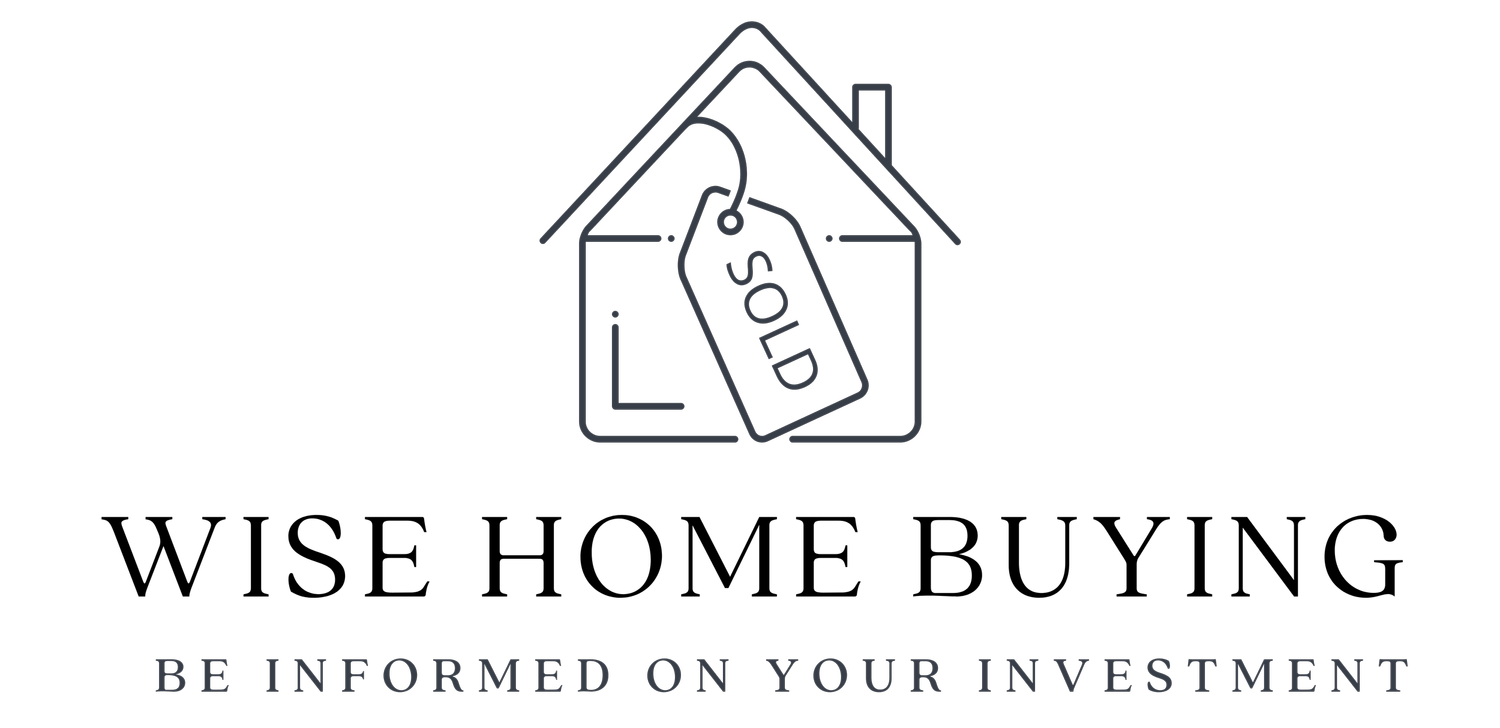Estimating Rental Income
Estimating Rental Income
When it comes to investing in real estate, rental income is a crucial component of the overall financial performance of the investment property. Properly estimating rental income is essential to make an informed decision about the investment, as well as to ensure that the investment generates positive cash flow. If rental income is overestimated, expenses will likely result in a much lower cash flow than expected and it may be difficult to keep renters in the property at the desired rental price. If the rental income is underestimated, the additional cash could be used to fund other investments or be used for making updates to the property which would generate additional income in the long term. To estimate rental income on investment property, follow the below guide.
Research the local rental market:
Begin by researching the local rental market to determine the average rent for properties that are similar to the one you are considering. Consider using rental listings on Realtor.com, Zillow, or Rentler. Look at factors such as location, size, and amenities to get a sense of what the market will bear in terms of rental rates. If the rental market is flooded with available spaces, you might consider offering a lower rental rate, shorter rental lease, or lower down payment to attract a renter. If the rental market is booming and spaces are snatched up in a hurry, consider offering a higher rental price, longer contract, and large downpayment because it is likely that renters will be highly motivated to occupy the space.
Consider the property's condition:
Take into account the condition of the property and any repairs or renovations that may be required before it can be rented. A property that is in excellent condition and move-in ready may be able to command a higher rental rate than one that requires significant repairs or updates. Keep in mind that while updating a property, there will be no rental income until the inspections are finished and the location is cleared for occupancy. Not only will you be putting into the property for updates, but you will also be losing out on the rental income that could be earned during those months.
Factor in expenses:
Be sure to factor in any expenses associated with owning and renting the property, such as property taxes, insurance, maintenance and repairs, property management fees, and vacancy rates. Chuck Palumbo from UserGuides explains that U.S. vacancy rates average around 8% which should be included in the calculations. He also recommends that the cleaning fee not be included as income because although this will cover cleaning expenses, there will be times when “clean freak” renters demand that this fee be returned. These expenses will impact the overall profitability of the investment, so it's important to have an accurate understanding of what they will be.
Determine the potential rental income:
Once you have all of this information, you can estimate the potential rental income for the property. Thankfully, if accounting is not your strong suit, excel spreadsheets are available online to walk you through the steps of adding income and subtracting expenses. This spreadsheet made available by FannieMae estimates rental income (or loss) by simply entering the requested data. This particular document was created to estimate income on a single-family rental, but others are available here to calculate income on other types of rental agreements (multi-family, primary dwelling, commercial etc…).This will give you a sense of how much revenue the property is likely to generate on a monthly basis, and whether or not the property will be able to generate positive cash flow.
Why is this calculation important?
Rental Income
Estimating rental income is important for a number of reasons. First and foremost, it allows you to determine whether or not the investment property is likely to generate positive cash flow. Positive cash flow means that the rental income exceeds the expenses associated with owning and renting the property, which is essential for ensuring that the investment is profitable. In addition to assessing cash flow, estimating rental income is important for setting the right rental price for the property. If the rental price is set too high, you may struggle to find tenants, which will result in vacancy and lost rental income. If the rental price is set too low, you may not be able to cover your expenses or generate a profit.
Property Value
Estimating rental income is also important for assessing the overall value of the investment property. When you know how much rental income the property is likely to generate, you can compare that to the purchase price to determine whether or not it is a good investment. This can help you avoid overpaying for the property, or investing in a property that is unlikely to generate a good return. WealthNoir suggests that most rental properties should generate at least 5-10% ROI (Return-on-Investment). Calculate Return on Investment as such:
ROI= Net Profit/Original Cost
Planning and Budgeting
Finally, estimating rental income is important for planning and budgeting purposes. When you know how much rental income the property is likely to generate, you can create a budget for the property that takes into account all of the associated expenses. This will allow you to plan for repairs and maintenance, an unexpected vacancy, property updates, and ensure that you have enough money set aside to cover any unexpected expenses that may arise without losing a night of sleep.


